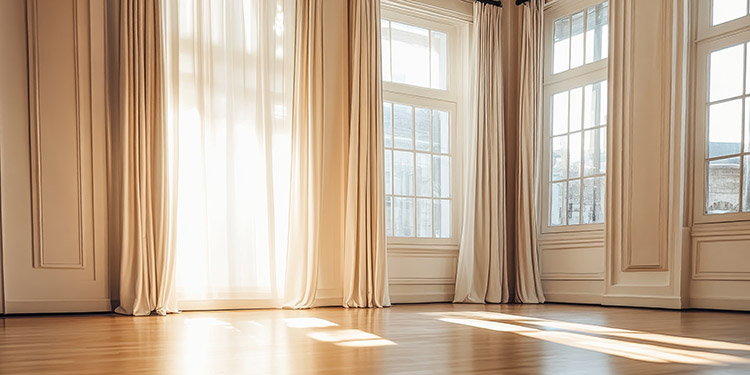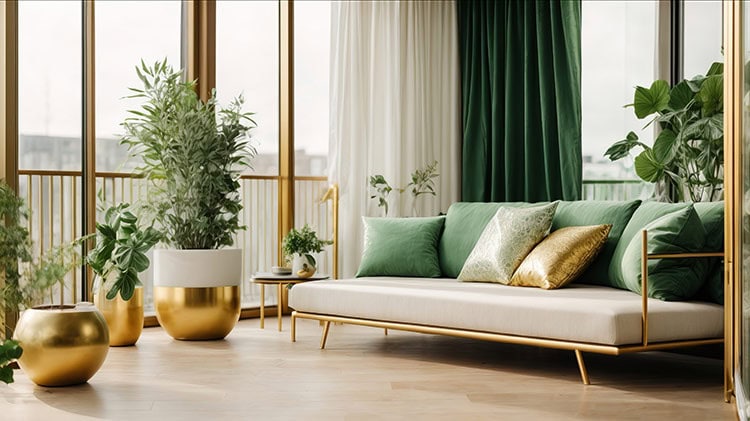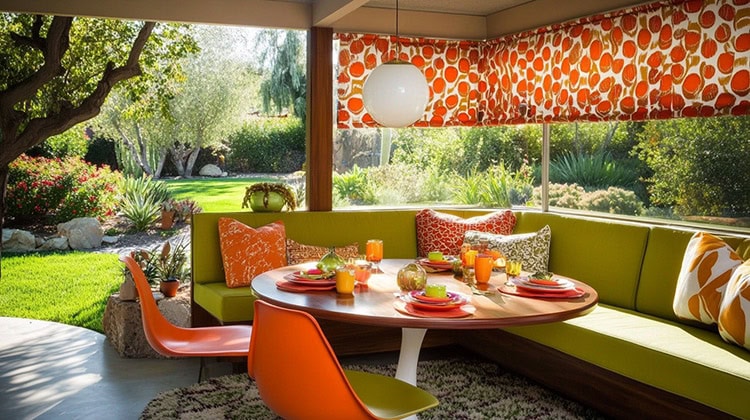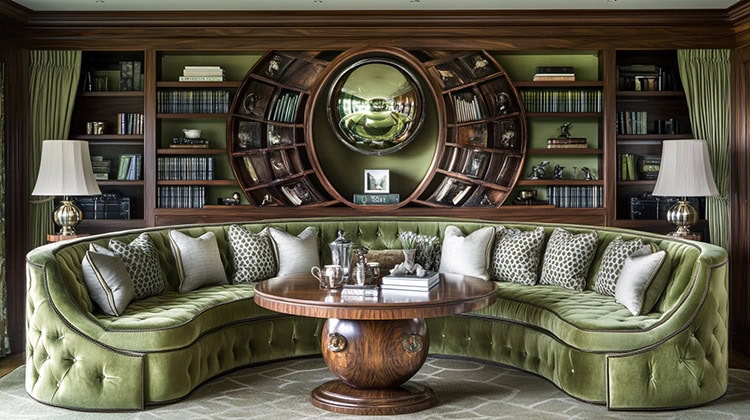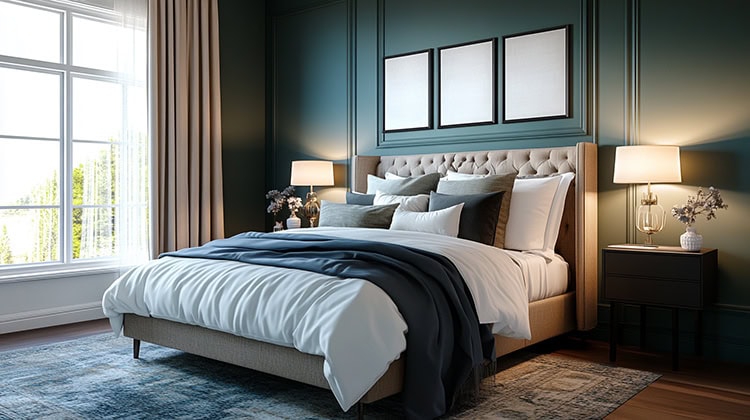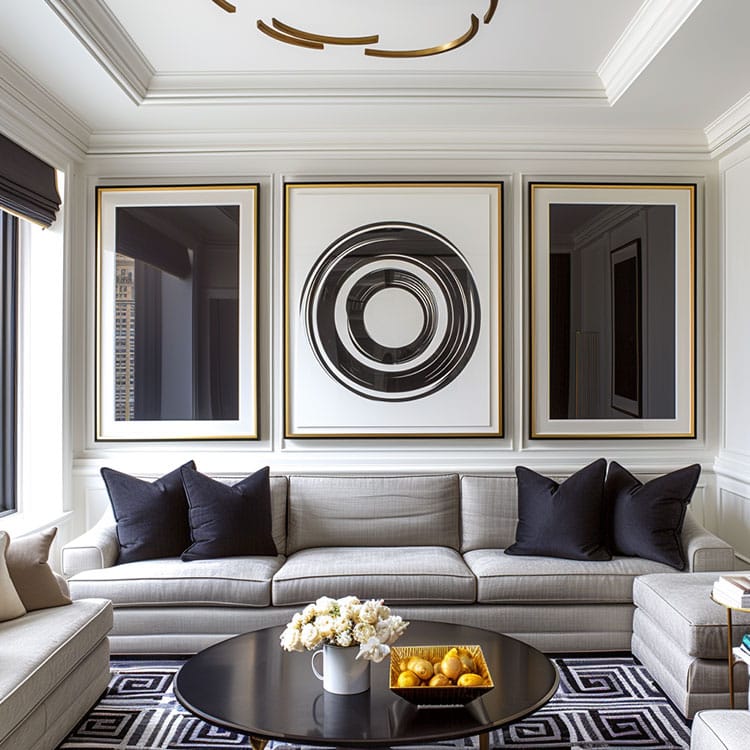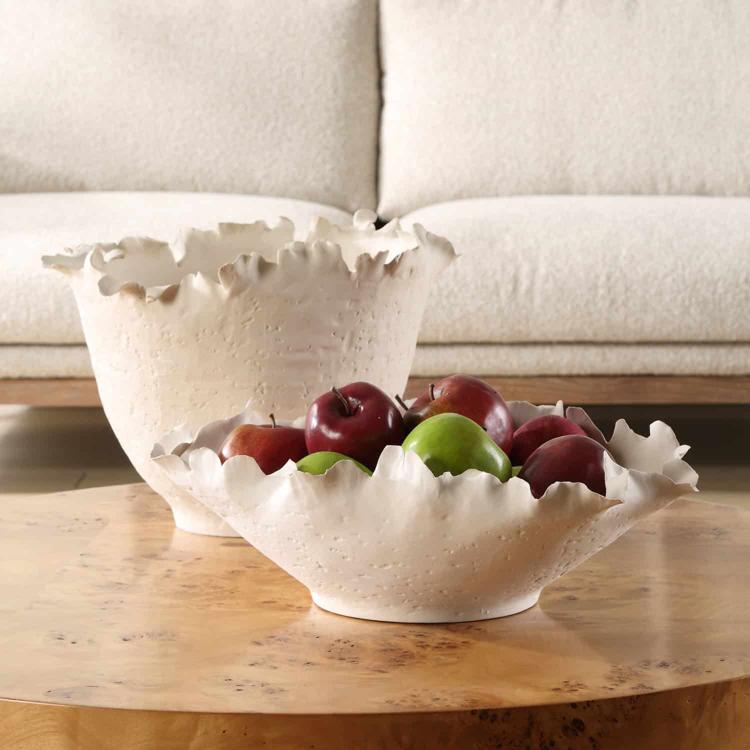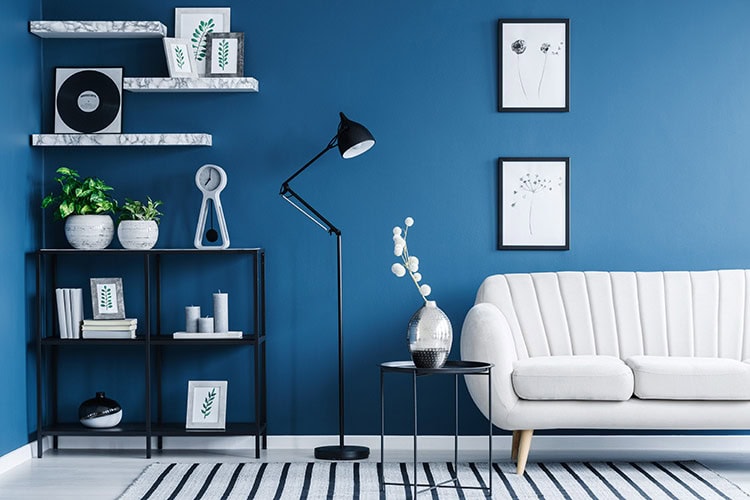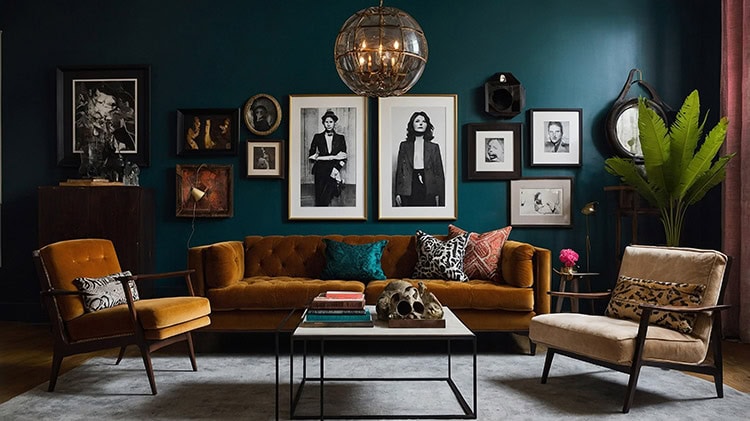Mixing Natural and Synthetic Fabrics: A Décor Cheat Sheet
Interior design often experiments with blending seemingly opposing materials—the sleek technological finishes of synthetics against organic wovens’ artisanal elegance. Masterfully combining these paradoxical textiles in the same space creates compelling depth and contrast. Successfully integrating their varied technical and visual qualities requires understanding the unique properties of both natural and synthetic fabrics.
Weaving natural and synthetic fabrics without clashing, overwhelming textures or accidentally damaging more fragile fibers hinges first on cohesion. On average, smoothly finished synthetic materials with their ultra-sleek drape tend to overwhelm softer, more delicate natural cottons, linens or silks. Seek harmonious blends by thoughtfully pairing fabrics with balanced textures and similar weight, durability and flow. For example, incorporate a lightly woven, supple linen with a smooth microfiber alternative. Or bridge the gap between synthetics and wovens using sturdy transitional natural fibers like bamboo, jute or durable hemp blends. Just avoid assumptions that popular viscose and rayon alternatives mimic the easy-care cleaning properties of mainstream synthetics—their significant plant-based material composition still requires gentle handling more aligned with natural silk or cotton methods.
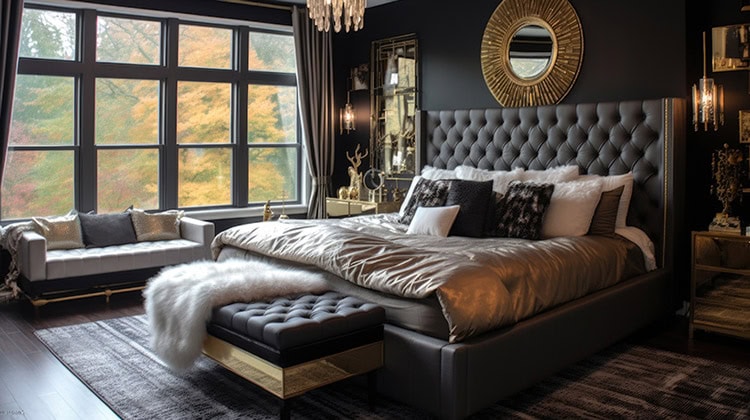
Follow this comprehensive décor cheat sheet when combining materials:
Textures
- DO choose fabrics with similar textures and draping abilities – like pairing a light linen and smooth microfiber – to avoid clashes. Rugged synthetics tend to overwhelm delicate natural silks and cottons.
- DON’T assume blends like viscose and rayon mimic synthetics’ sleek drape and durability. Their plant-based origins still require gentle care like natural fibers.
- DO use transitional pieces like bamboo or jute to bridge gaps between soft natural woven and sleek synthetics.
When designing your home’s interior, blending natural and synthetic fabrics can provide visual interest and unique performance benefits. But as you can see, the varied textures, care requirements, and aesthetic qualities demand a careful approach.
Color palette cohesion also minimizes visual friction between disparate fabrics blended in a cohesive scheme. If your boldest synthetic material boasts vivid geometric prints or intense saturated motifs, harmonize the pairing by anchoring it with neutral natural counterparts for balance. A simple ivory cotton or oatmeal linen backdrop prevents bold patterns from competing visually. For flexibility, these quiet natural hues provide an adaptable base able to complement a wide range of synthetic fabric patterns or colors. Or opt for graphic symbiosis by pairing monochromatic colors between both fabric species—like paring a navy polyester jacquard weave and matching indigo-dyed linen for depth and interest. 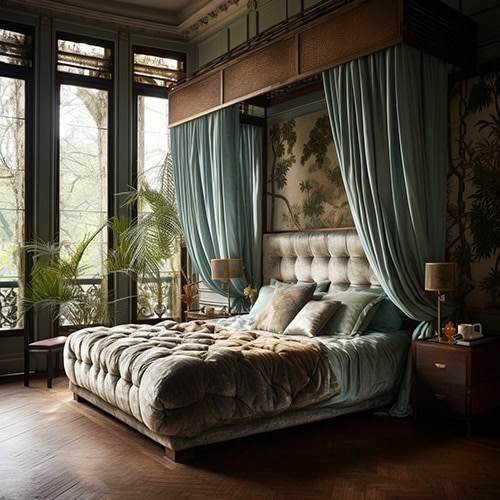
Colors
- DO maintain cohesive, harmonious color palettes. If your synthetic fabric boasts bold colors and prints, keep the natural fabrics simple to prevent competition.
- DO experiment with neutral palettes. Simple natural cottons and linens can complement almost any colorful synthetic pattern.
When thoughtfully combined, natural and synthetic textiles should play to their inherent strengths while compensating for their characteristic weaknesses. For statement impact without overwhelming competition, leverage their unique performance differences by allowing hardy natural fabrics visual prominence against more subtle synthetic counterparts. Consider permitting lustrous silk, durable wool blends and artisanal woven cottons focal emphasis against sleek solid microfiber or softly draping faux silk backdrops. Distressed natural linen or lightly textured cotton voiles pop as intentional stand-outs when surrounded by demure futuristic prints or smoothly finished polyamide blends. Thoughtfully spotlight each textile’s specialty—whether breathable organic elegance or intense color and stain-resisting resilience—to make a unique décor statement.
Statement Pieces
- DO allow durable natural fibers like wool and silk to shine as statement pieces against more subtle solid synthetics. This creates visual balance without the fabrics fighting for attention.
But be sure to also acknowledge inevitable limitations, trade-offs and special care considerations that come with blending unlike materials. Avoid assumptions that vulnerable natural textiles can withstand the same rigorous use and cleaning as durable synthetics. Silk throws add beauty but not longevity on a heavily trafficked family room sectional. Crisp white organic cottons require prompt attention to avoid stains in busy kitchens or children’s rooms. And pay attention to special washing needs like drying flat or gentle cycles for rayon/viscose blends to prevent damage from intense heat or mechanical action suited for microfibers but too harsh for their delicate semi-natural composition. By recognizing diverse fabric characteristics during selection and care, their differences become decorative assets.
Performance Benefits
- DON’T overlook synthetics’ unmatched benefits. Polyester and microfiber add longevity, wrinkle resistance, and easy cleaning to high-traffic spaces like kids’ rooms.
- DON’T mix delicate natural silk with rugged synthetics. The vastly different care and cleaning requirements inevitably cause laundry and preservation challenges.
Blending natural and synthetic textiles creates depth and contrast in any design scheme. Integrating these disparate materials successfully demands both artistic vision and technical diligence. But for those willing to bridge the divide between organic and technological, the reward is interiors with compelling visual tension. Like a disciplined alchemist transforming base metals to gold, one can combine plain fabrics into sophisticated spaces. Though initially incongruous, these textures temper each other’s extremes into something greater than the sum of their parts. With careful selection and handling, the past and future seamlessly intertwine, yielding rooms as functional as they are transcendent.

